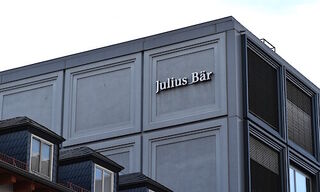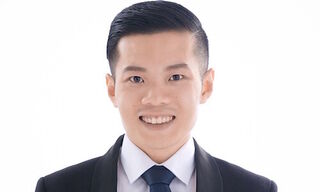Manulife’s Innovative Approach To Insurance In Hong Kong
Manulife Asia has launched ManulifeMOVE – a unique insurance concept for consumers, encouraging them to be more active and stay healthy. The program, which kicks off in Hong Kong, integrates an innovative activity-tracking program with insurance solutions, and rewards customers who maintain active lifestyles with discounted premiums.
ManulifeMOVE, which can be accessed through mobile apps or online, uses data from Manulife-provided fitness trackers, allowing members to track their activity progress against set goals. By reaching simple goals, members will enjoy premium discounts tied to recently launched health protection solutions in Hong Kong.
“As a leading insurer in Asia, we’re excited to be revolutionizing how insurance works through a holistic approach to health and wellness,” said Roy Gori, President and Chief Executive Officer for Manulife Asia. “With ManulifeMOVE we aim to become our customers’ trusted partner, deliver value to them, and help them establish healthier habits for their future – first in Hong Kong, and eventually in several more markets in the region in which we operate.”
“The beauty of ManulifeMOVE is its simplicity. It’s an easy-to-use program that rewards customers for being healthy and insured,” added Jason Dehni, Chief Marketing Officer for Manulife Asia. “Every time our customers move; whether they’re walking, running, skipping, or even just taking the stairs instead of an escalator, they have the opportunity to save on their annual premiums.”
The concept of ManulifeMOVE and rewarding members through their fitness trackers was drawn directly from the company’s customer research into how younger, tech-savvy consumers want insurance to work for them.
“Hong Kong is a bustling international city, yet most people here aren’t physically active enough and this has obvious health implications,” said Michael Huddart, Manulife’s Executive Vice President and General Manager for Greater China. “In launching ManulifeMOVE, we want to play a proactive role in being part of the solution, and encourage people to move more and rewarding them for doing so.”





















